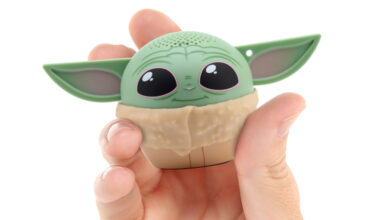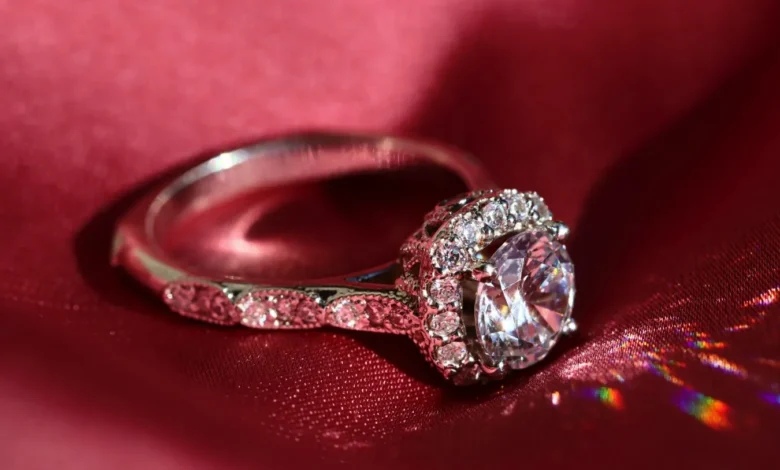
The Real Story Behind Expensive Engagement Rings
Engagement rings, sparkling with diamonds and other precious gems, have become a global symbol of love and commitment. The real story behind expensive engagement rings, however, goes beyond the sparkle and shine, intertwining with fascinating historical, cultural, and economic aspects. This article delves deeply into the phenomenon, exploring the history, the De Beers influence, the psychology behind purchasing, and the changing trends of engagement rings.
A Historical Glance
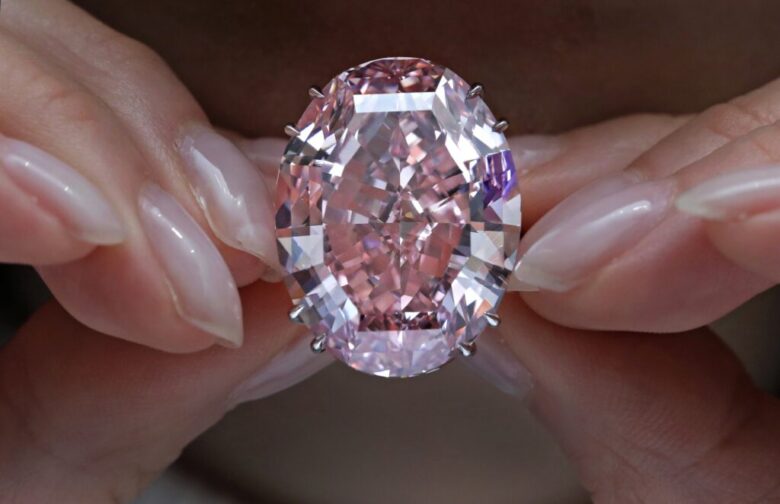
Historically, the tradition of engagement rings dates back to ancient times. The ancient Egyptians are credited with the concept of using rings as a symbol of eternal love. Rings from this era were simplistic, mostly made from materials such as leather or braided hemp. The ancient Romans also followed a similar custom, where the giving of a ring symbolized the man’s intention to marry the woman.
In the Middle Ages, posy rings, engraved with romantic phrases, became popular in Europe. By the Renaissance period, rings featuring precious gems became more prevalent, symbolizing not only love but also wealth and status. However, it was only in the late 19th and early 20th centuries that diamonds became the stone of choice for engagement rings, thanks to De Beers.
The De Beers Influence
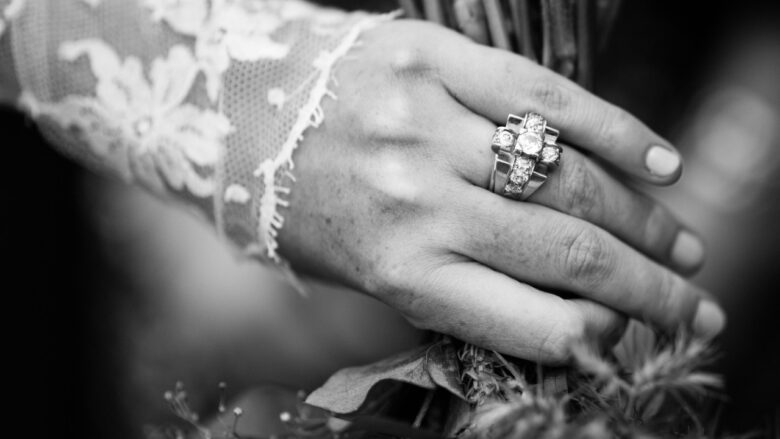
The turning point in the history of engagement rings came with the emergence of the De Beers Consolidated Mines, founded in 1888 by Cecil Rhodes. With control over the vast majority of the world’s diamond production and distribution, De Beers had a significant influence over the diamond market.
In 1938, faced with the Great Depression and a significant decrease in diamond sales, De Beers launched one of the most successful advertising campaigns in history. Coined by Frances Gerety, the phrase “A Diamond is Forever” convinced generations that a diamond engagement ring is the ultimate expression of love and commitment. This campaign ingeniously created an association between diamond size and the depth of a man’s affection, leading to the trend of expensive diamond engagement rings.
The Psychology of Purchasing
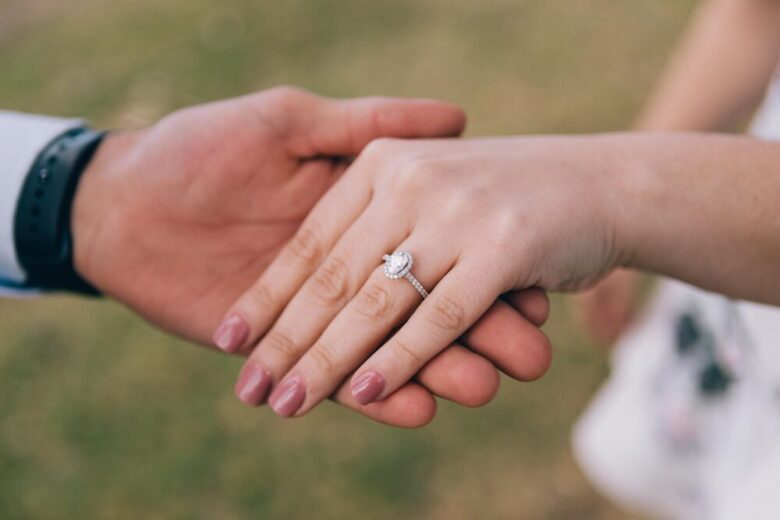
Behind the dazzling facade of diamond rings, there lies a complex psychological play. Expensive engagement rings have been positioned as a status symbol, signifying not only personal but also social worth. It is this ingrained social and cultural expectation that drives many to spend exorbitantly on a diamond ring.
The societal pressure, combined with the emotional desire to express one’s love, creates a situation where people are willing to spend beyond their means. The price of the ring, often viewed as a reflection of one’s affection and commitment, makes individuals invest in expensive pieces, believing it to be an essential aspect of the engagement process.
Changing Trends
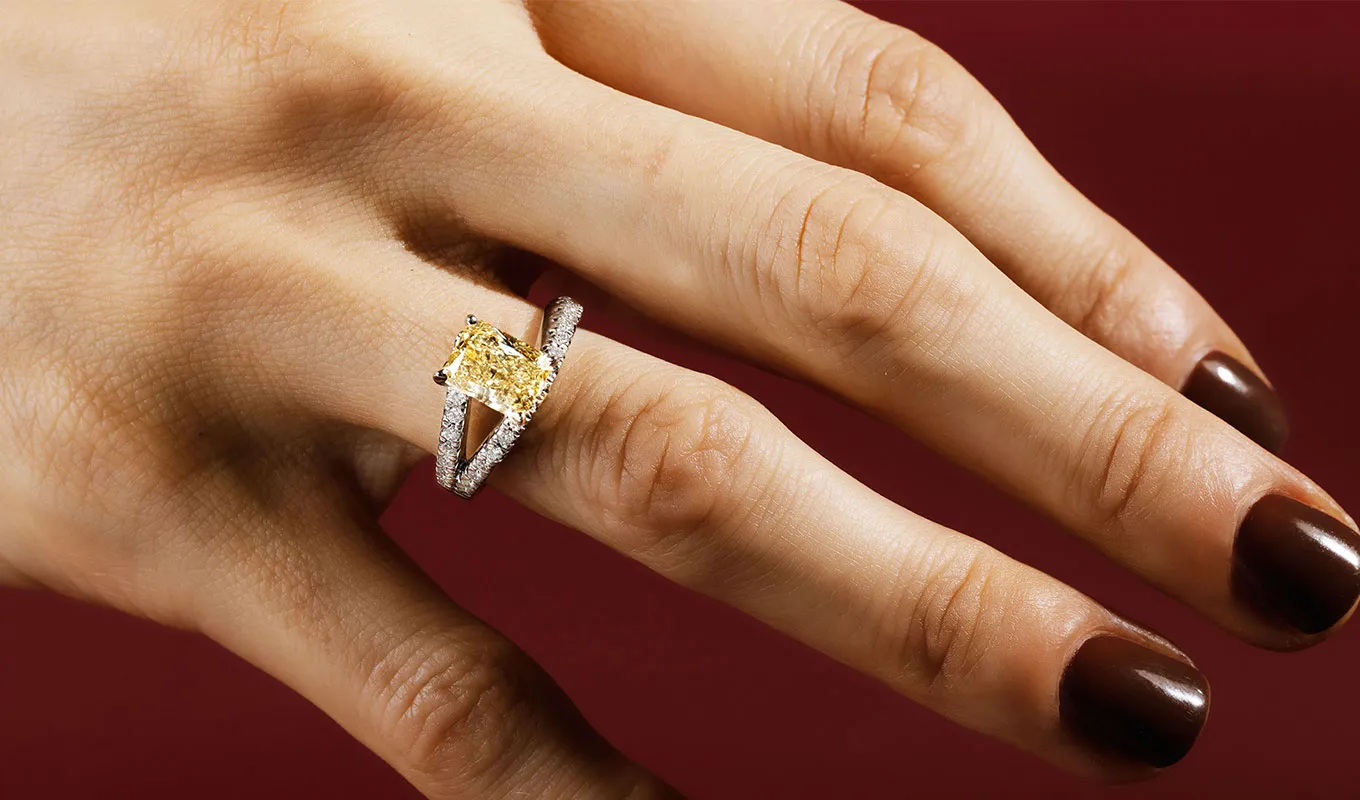
Nonetheless, like all things, trends around engagement rings are also changing. Millennials and Gen Z individuals, faced with economic challenges and holding diverse values, are beginning to shift away from the traditional diamond. Many couples today are opting for more affordable, sustainable, and unique options for engagement rings.
Lab-grown diamonds, moissanite, and gemstones like sapphire and emerald are gaining popularity as center stones for engagement rings. These alternatives not only offer a distinctive and personal touch but also align with the values of sustainability and ethical purchasing that are increasingly significant to modern consumers.
Furthermore, the definition of ‘expensive’ is subjective and evolving. While many still invest in high-priced rings, the emphasis is gradually shifting towards thoughtful and personal choices rather than sheer monetary value.
Conclusion
In conclusion, the real story behind expensive engagement rings is a tapestry woven with history, marketing mastery, psychological nuances, and evolving societal values. From ancient times to the De Beers era, the journey of the engagement ring reflects changes in society, economy, and individual preferences.
Today, as consumers become more conscious of their choices, the trend is gradually moving towards affordability, sustainability, and personalization, marking a new chapter in the tale of engagement rings. Despite these shifts, the essence remains – an engagement ring, irrespective of its size or price, symbolizes love, commitment, and the promise of a shared future.


